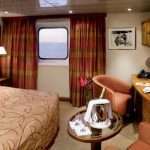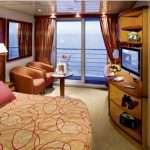Description
Considered a traveller’s bucket-list must, the Pacific Ring of Fire will stretch your horizons to their limits. Stand in silent awe at the foot of an active volcano, yet experience a different kind of wonderment as you gaze, amazed, at the famous floating Torii gate, considered one of the “three views of Japan”. From UNESCO World Heritage Sites to tranquil gardens, experience 13-days of savage beauty and cultural history on this journey.
Trip Name
Along the Pacific Ring of Fire
Days
14
Overview
Vessel Type: Luxury Expedition
Length: 108 metres
Passenger Capacity: 132
Built / refurbished: 1989 / 2008 / 2017
Silversea’s purpose-built luxury Silver Explorer expedition cruise ship has been designed specifically for navigating waters in some of the world’s most remote destinations, including both of earth’s polar regions. A strengthened hull with a Lloyd’s Register ice-class notation (1A) for passenger vessels enables the Silver Explorer Expedition Cruise Ship to safely push through ice floes with ease. A fleet of Zodiac boats (11) allows Silversea Expedition guests to visit even the most off-the-beaten path locations and an expert Expedition Team provides insight and understanding to each unforgettable Silver Explorer luxury cruise adventure.


















